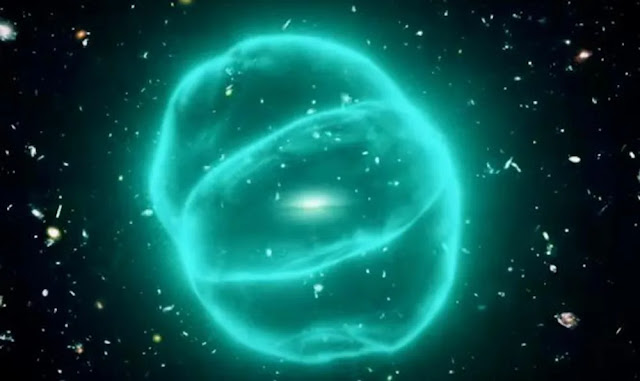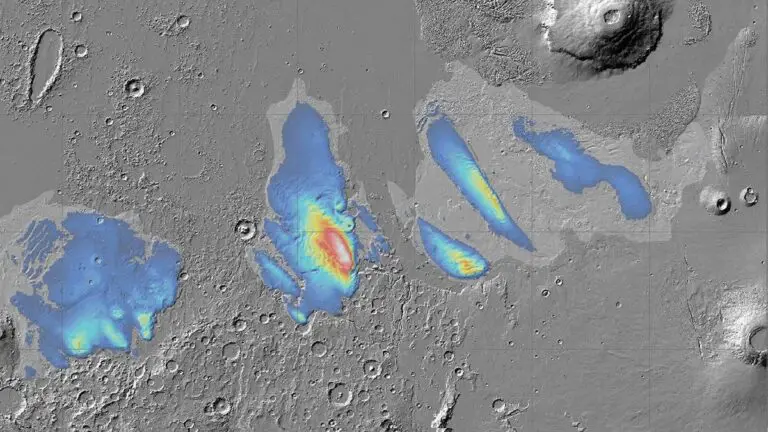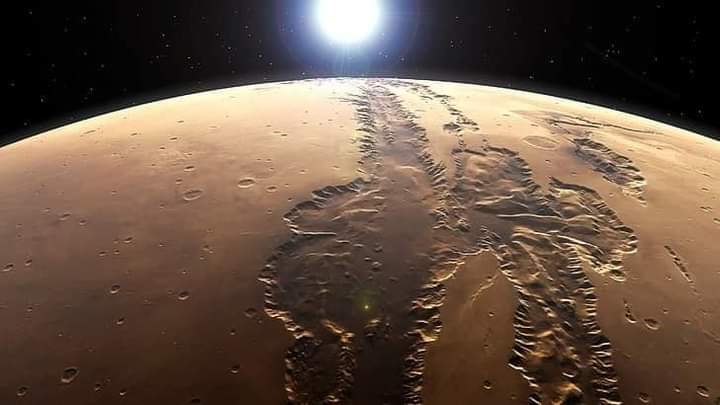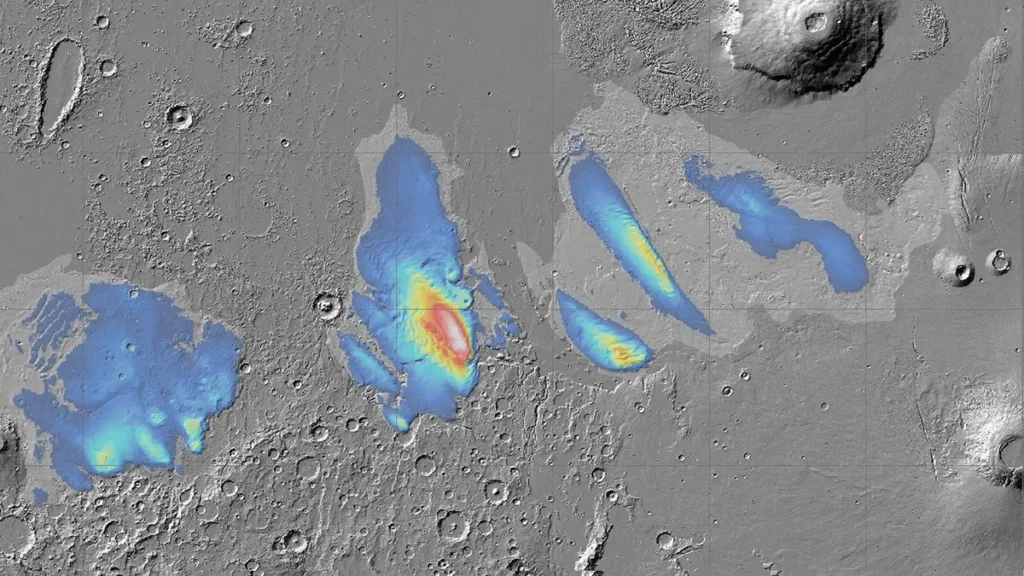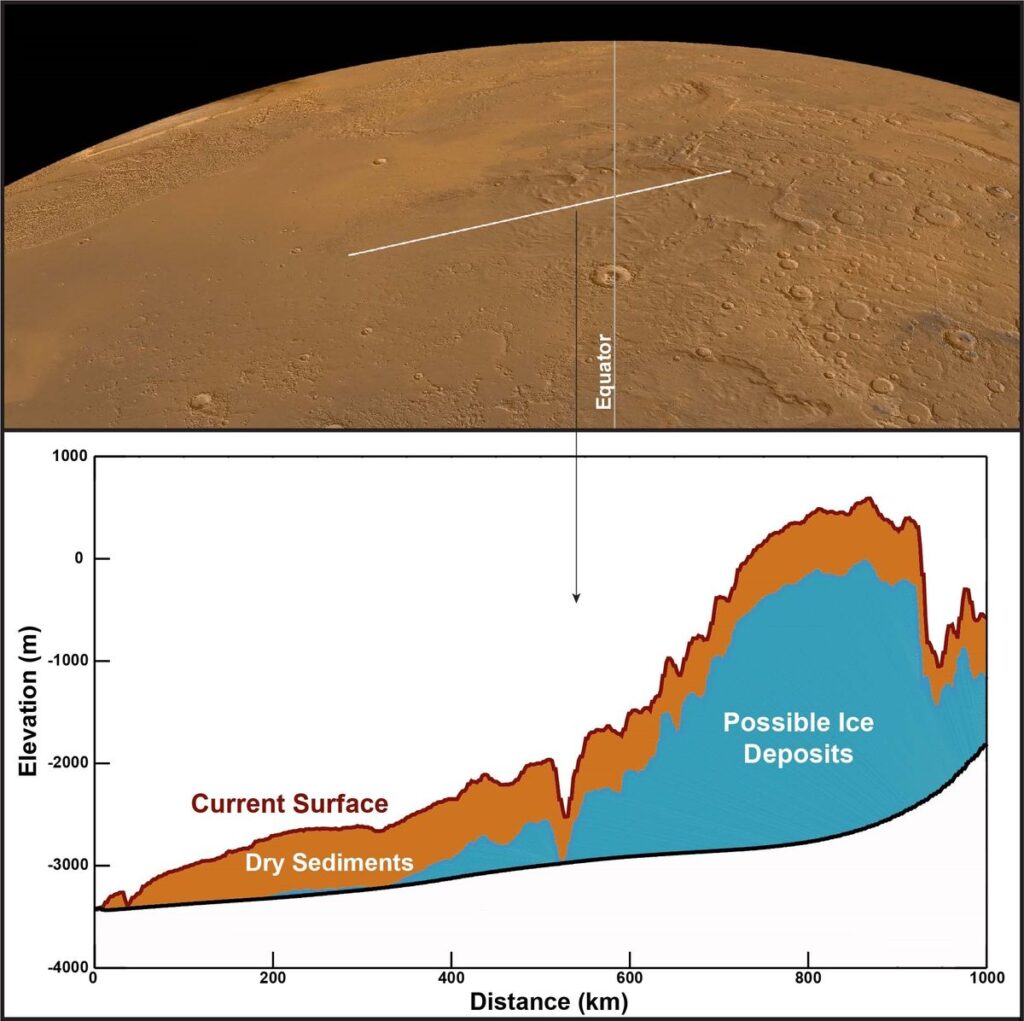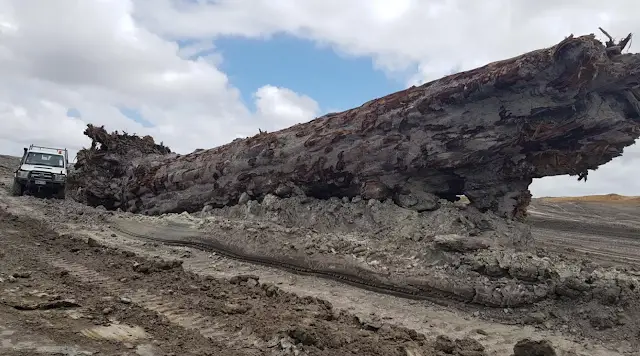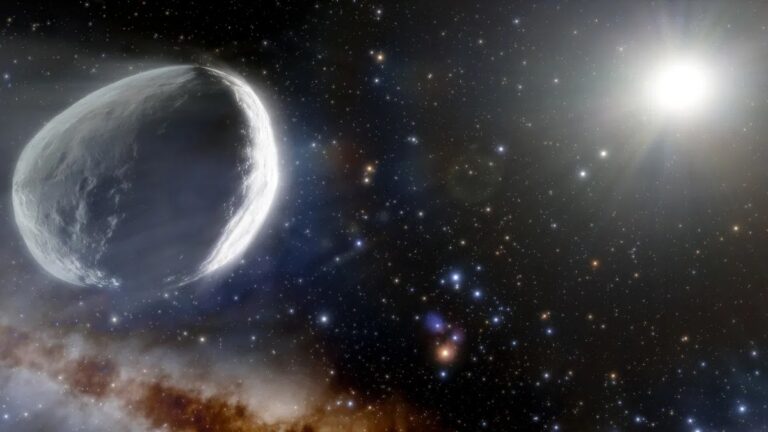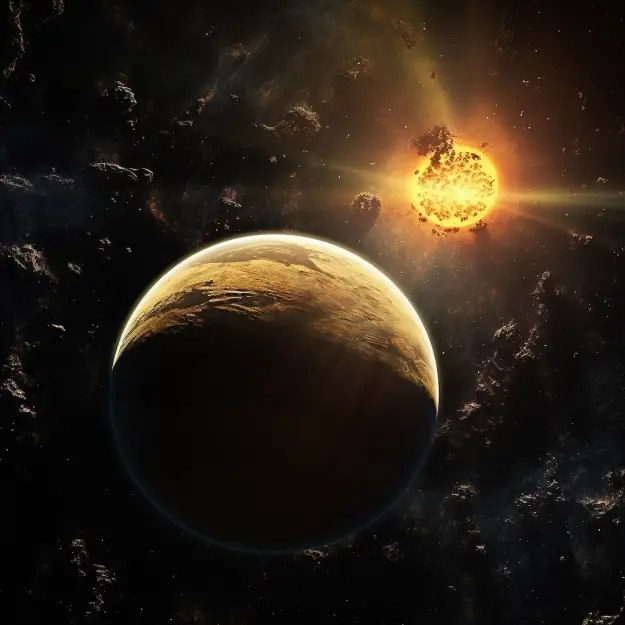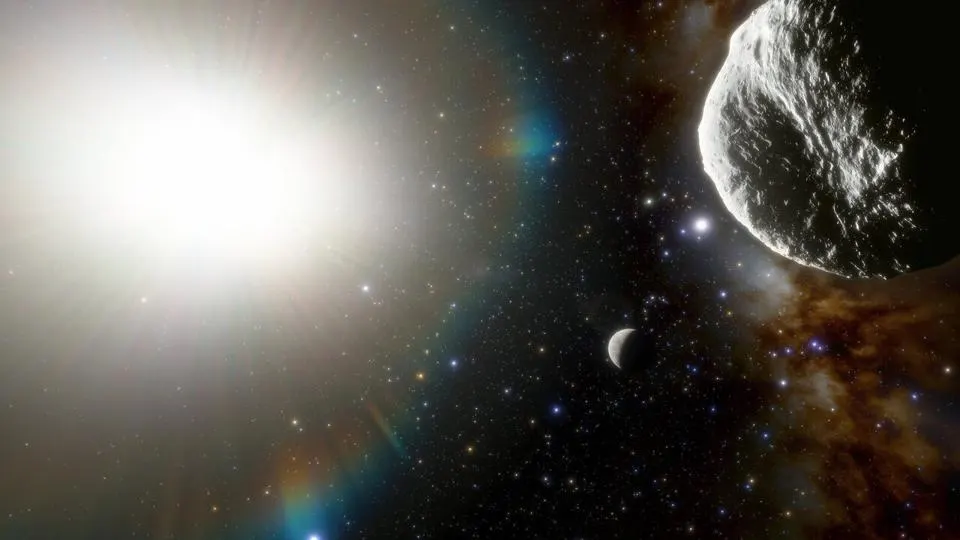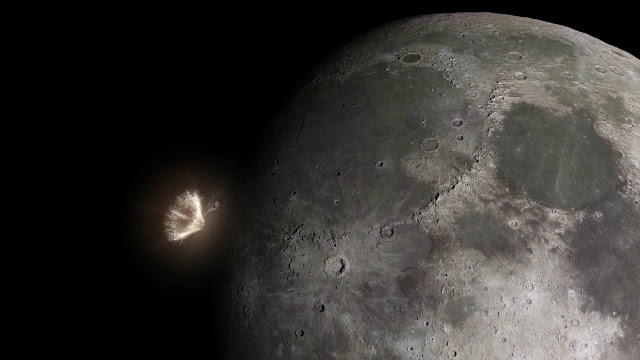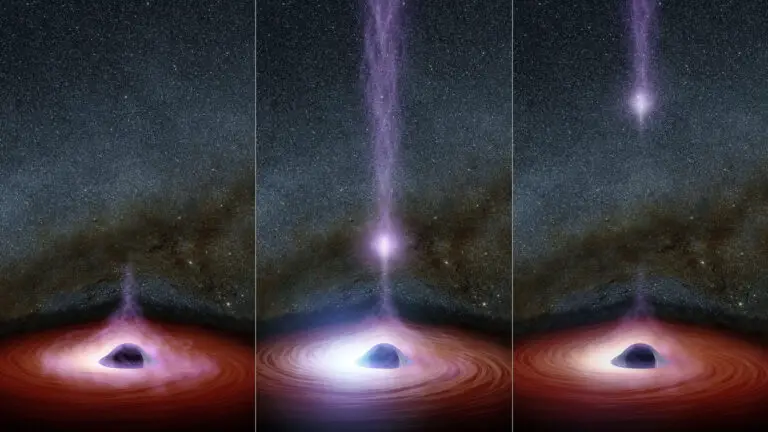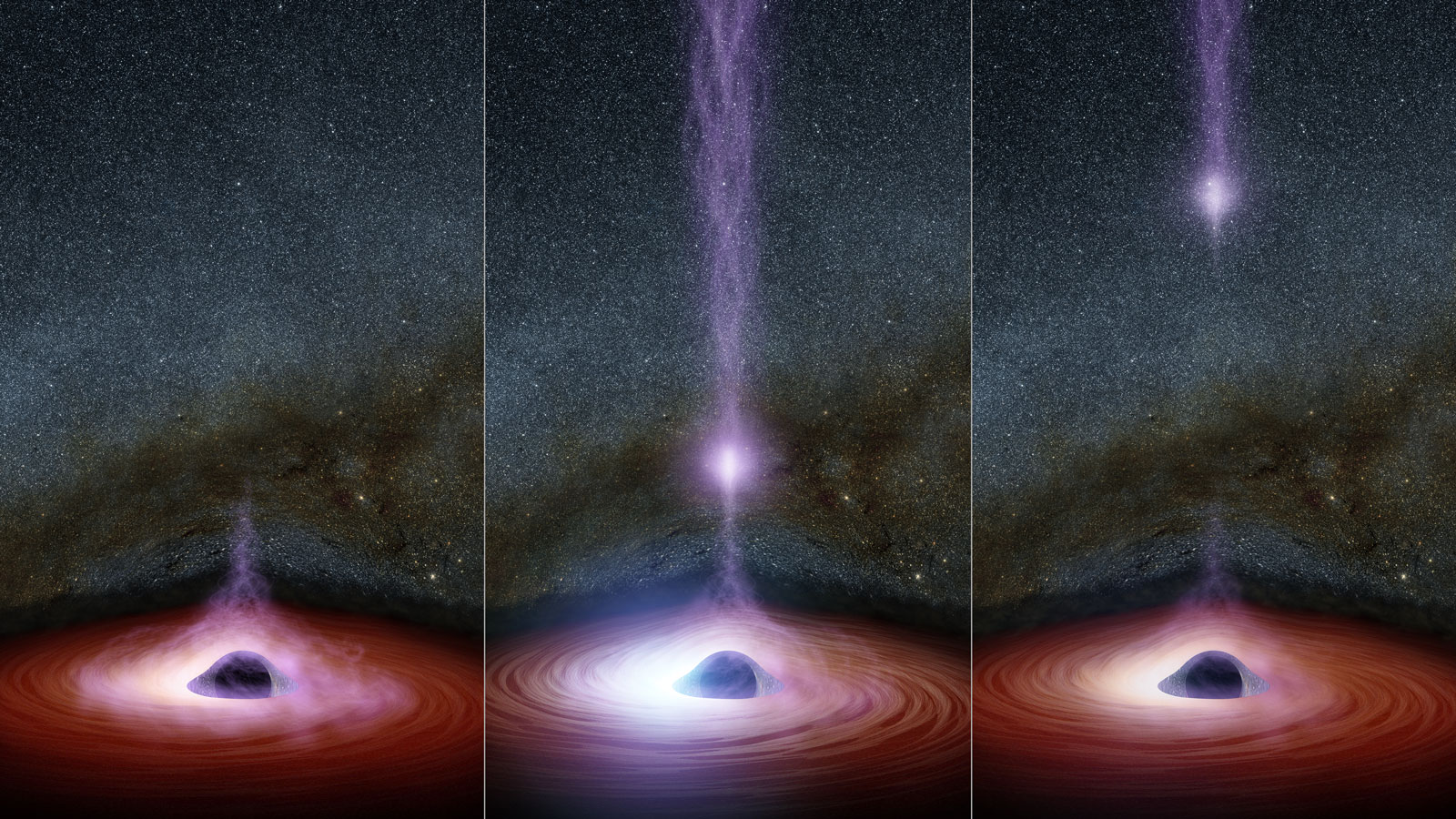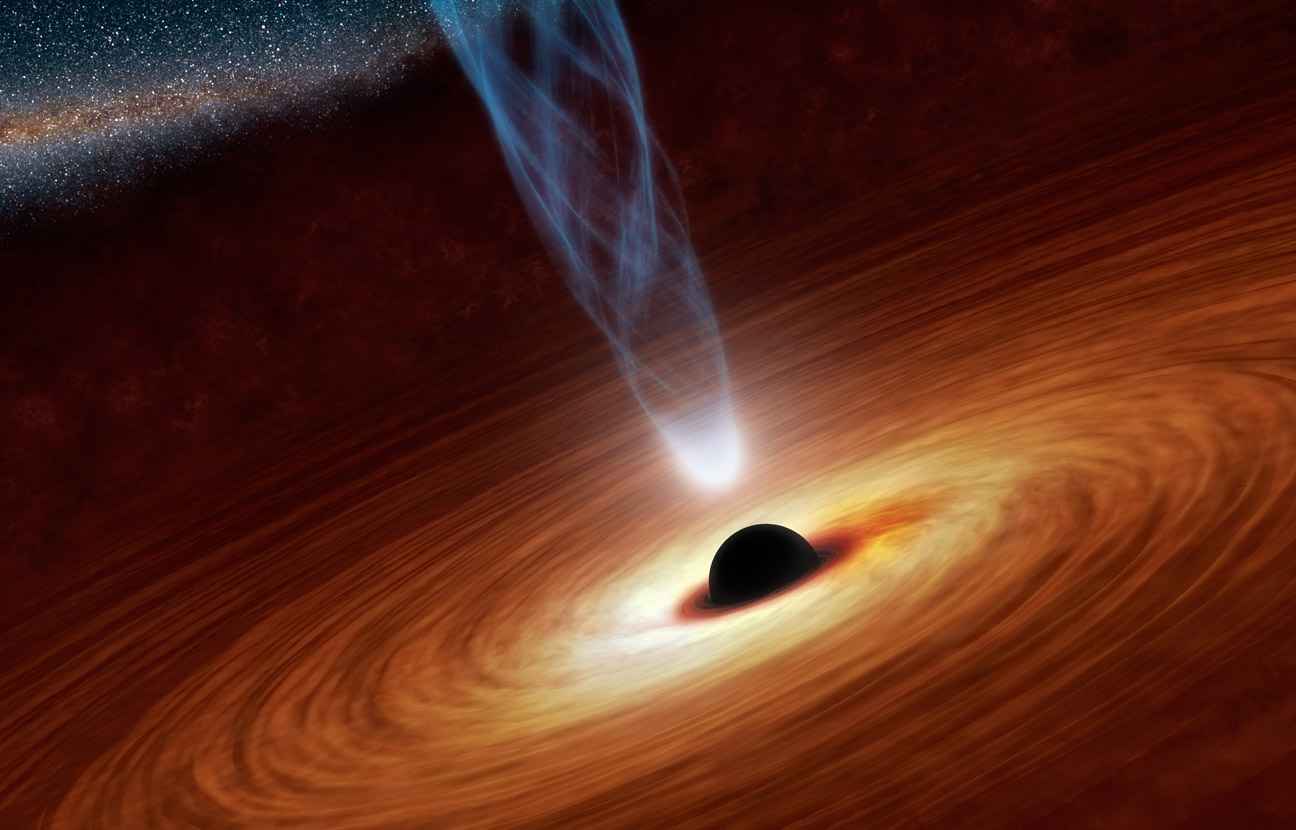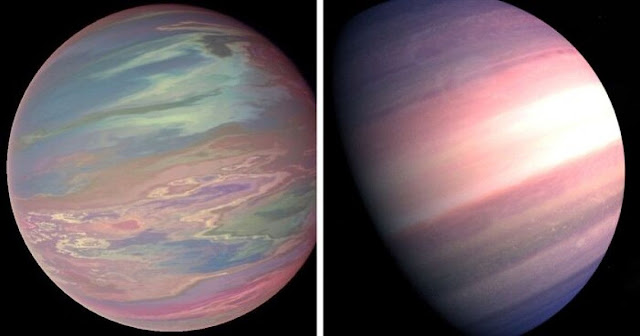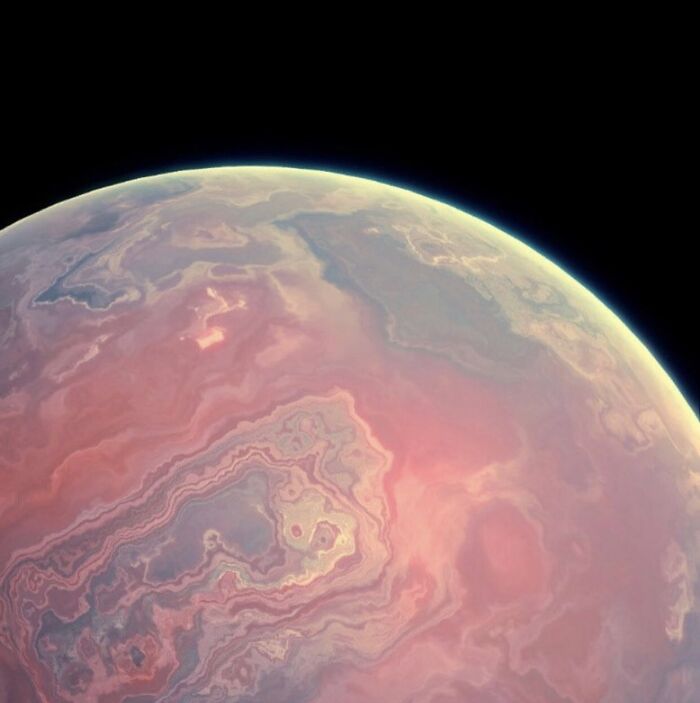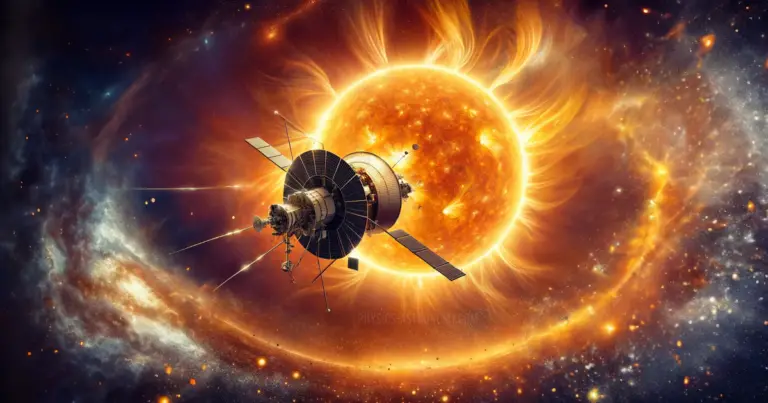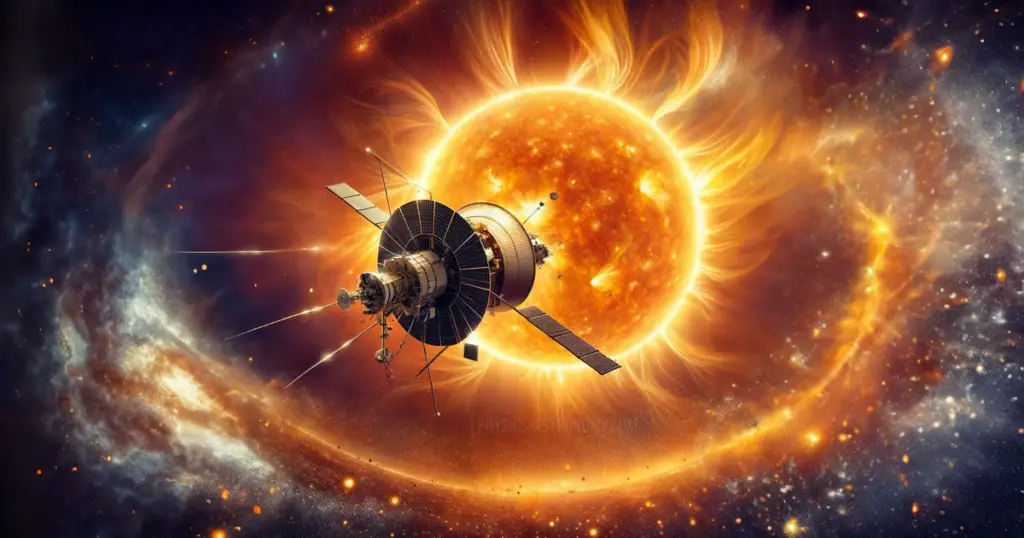A team of astronomers has discovered new details of one of the strangest cosmic structures in the universe. So strange that they are literally referred to as “Odd Radio Circles” (ORC).
These colossal phenomena may have diameters of a million light years — nearly ten times larger than our galaxy — and are still unexplained.
ORCs are so rare that only five of them have been discovered, with six more candidates not yet confirmed. Scientists simply do not know what they are and cannot explain these beasts of proportions incomprehensible to humans.
A new scientific study published on March 20 sheds new details on the first of these phenomena. The spectacular images — which you can see in this article — were captured by the South African MeerKAT radio telescope and correspond to the object known as ORC1 (ORC J2103-6200). Never before has an ORC been seen in this incredible level of detail. The work offers so much detail that, as the journal Nature points out, the radio astronomer of the National Autonomous University of Mexico Alice Pasetto affirms that “this discovery will initiate new scientific investigations among astronomers”,
Unsolved Mystery
According to radio astronomer Bärbel Koribalski — of the Australian Commonwealth Scientific and Industrial Research Organization in Sydney — “ it is reminiscent of a Fabergé egg or a soap bubble.” The outer circle “measures more than a million light-years in diameter, ten times the diameter of the Milky Way, with a series of smaller rings inside it.
 |
| The mysterious ring 16 times larger than our galaxy (J. English U. Manitoba/EMU/MeerKAT/DES CTIO) |
ORCs are almost completely new objects in the catalog of astronomical phenomena. They were discovered by astronomer Anna Kapinska using the network of one square kilometer radio telescopes in Australia just three years ago. Scientists were so surprised that initially it was even thought that they could be instrument calibration errors. It is now known that they are real structures, although we still do not know how they could have been produced. We don’t know exactly what these edge-brightening circles are or how they occur. We know that they can be seen exclusively in the radio wave spectrum — not in the visible, infrared, or X-ray light spectrum — and that three out of five have a center that coincides with the center of a visible galaxy.
The Universe Keeps Calling Us
According to this new study, there are now three possible explanations. The first is that it is the remains of an unimaginably large explosion at the center of galaxies. This explosion could be the collision of two supermassive black holes, although we can only speculate about its possible origin.
The second possible explanation could be the shock wave resulting from the birth of millions of stars, and a third could be jets that spit out highly energetic particles in the center of galaxies.
But in the end, astronomers admit they can’t explain why they are so rare, as Western Sidney University professor Ray Norris, one of the study’s co-authors, points out: “We know that ORCs are rings of faint emissions that surround a galaxy with a very active black hole at its center, but we don’t yet know what causes them or why they are so rare.”
ORC1 measurements published in the study It is truly amazing that we have only been able to detect these strange and mysterious structures in the last three years. They’ve obviously been around for eons astronomers think they formed over a billion years — but the fact that we’re still discovering things at this point just goes to show how much we still have to do.
In the end, the only thing we know for sure is what Socrates said: we know nothing. The universe keeps reminding us that it is full of unsolved mysteries. Research to discover the secrets of the cosmos and therefore the origin of the human being must continue and increase in the coming years.
It is the great adventure that continues to drive our desire for exploration, our very existence as a species, and the fundamental engine of our civilization. Without it, we will have no future.
Reference(s): Research Paper, Nature.com

